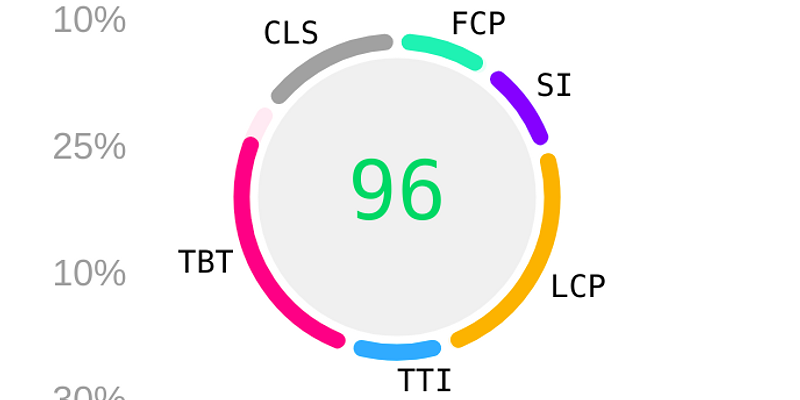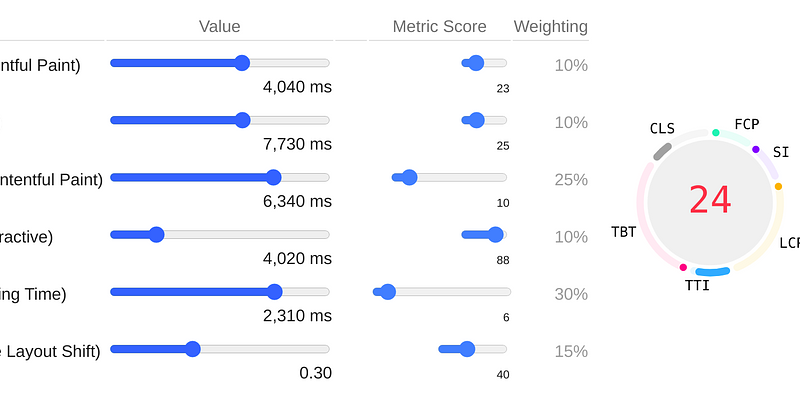As an entrepreneur running an e-commerce DTC brand, you're always looking for ways to improve your customer experience while also streamlining your operations. One option that's been gaining popularity in recent years is headless e-commerce. But what exactly is it, and is it worth the investment for your business?
Put simply, headless e-commerce is a way of separating the front-end and back-end of your e-commerce platform. Traditionally, these two components are tightly integrated, meaning that any changes made to the front-end would require changes to the back-end as well. With a headless approach, however, the front-end is decoupled from the back-end, allowing you to make changes to the customer-facing side of your website without disrupting the underlying infrastructure.
So what are the advantages of this approach? First and foremost, headless e-commerce provides a level of flexibility that traditional platforms simply can't match. By separating the front-end and back-end, you can easily swap out different components to create a custom solution that's tailored to your specific needs. This means you can experiment with new features and functionality without worrying about breaking the entire system.
Additionally, headless e-commerce allows you to deliver a faster, more responsive customer experience. Because the front-end is separate from the back-end, you can optimize the customer-facing side of your website for speed and performance, without worrying about how it will impact the underlying infrastructure.
However, there are also some downsides to consider. The biggest disadvantage is that headless e-commerce can be expensive and time-consuming to implement. Unless you have a large in-house development team with expertise in this area, you'll likely need to hire outside consultants or a development agency to help you build and maintain the platform.
Furthermore, while headless e-commerce provides flexibility, it also requires a level of technical know-how that not all business owners possess. If you're not comfortable with programming languages like JavaScript and APIs, you may struggle to make the most of this approach.
So, is headless e-commerce worth it for your business? As with any decision, the answer depends on your specific circumstances. If you have a large in-house development team with expertise in this area, and you're looking for a highly customizable solution that can deliver a premium customer experience, then headless e-commerce may be a good fit. However, if you're working with limited resources or don't have the technical know-how, it may be better to stick with a more traditional platform.
Ultimately, as an entrepreneur, your goal is to create a business that delivers value to your customers while also supporting your own growth and success. Whether you choose to pursue headless e-commerce or stick with a more traditional platform, the key is to stay focused on what matters most: providing a great customer experience and building a business that's built to last.


